Bitcoin’s recent price dip is being framed as a long-term opportunity, with Eric describing the current market moment as “a great time to buy Bitcoin” and calling the cryptocurrency “the greatest asset of our time.” Speaking at a tech conference in Florida, he emphasized that despite short-term volatility, Bitcoin’s long-term trajectory remains intact. He noted that the asset was trading near $16,000 three years ago and around $36,500 two years ago before surging above $120,000 earlier this year. Even with Bitcoin falling below $100,000, he said the price still reflects strong historical growth.
Eric highlighted rising ETF inflows and expanding institutional participation as key drivers of Bitcoin’s deeper global adoption. His comments came shortly after American Bitcoin reported its first quarterly earnings since going public, posting a $3.5 million net profit in Q3. The company’s mining model centers on low-cost U.S. energy, enabling production at roughly half of Bitcoin’s market price. One of its large facilities in West Texas now contributes more than 2% of global mining output.
He explained that the company measures progress using Bitcoin holdings per share, focusing on building reserves instead of reacting to short-term price swings. In Q3, the firm recorded strong revenue growth and a 56% gross margin, underscoring the efficiency of its mining operations.
Eric also addressed his family’s history with major U.S. banks, saying Capital One, JPMorgan, and Bank of America abruptly closed nearly 400 accounts tied to their businesses. He attributed the closures to political associations related to his father’s “Make America Great Again” movement. These experiences, he said, pushed his family closer to cryptocurrency.
This shift eventually contributed to the creation of World Liberty Financial, a stablecoin project offering a U.S.-anchored digital asset. Eric called it the fastest-growing stablecoin platform globally, arguing that stablecoins are helping bring more dollars into the U.S., reduce friction in transactions, and “save the dollar” by enabling fast, borderless transfers without traditional banking delays.







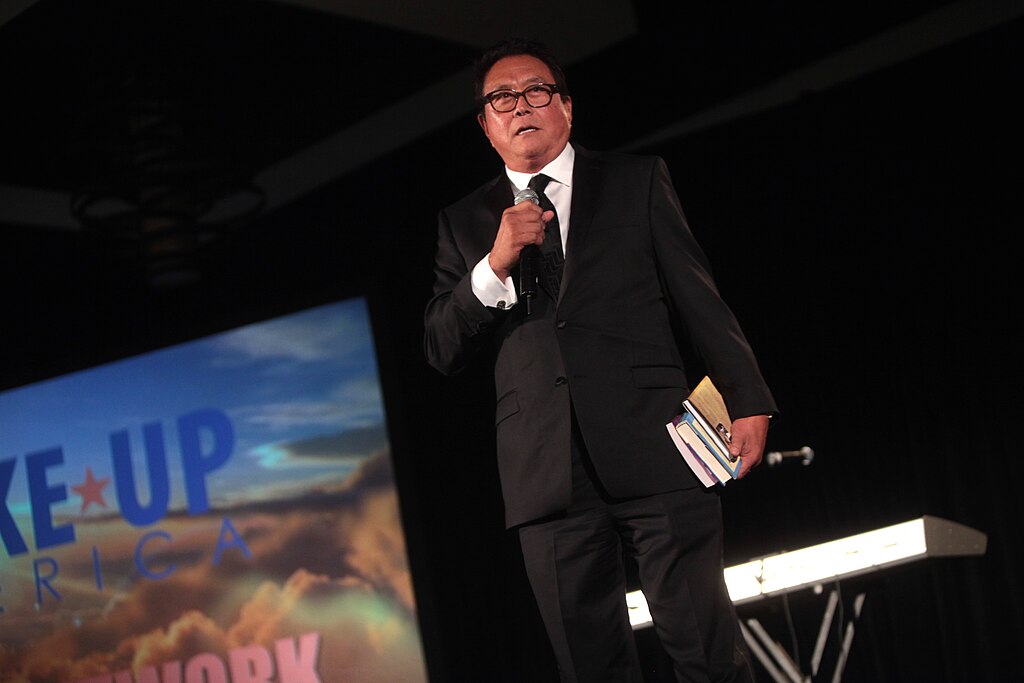

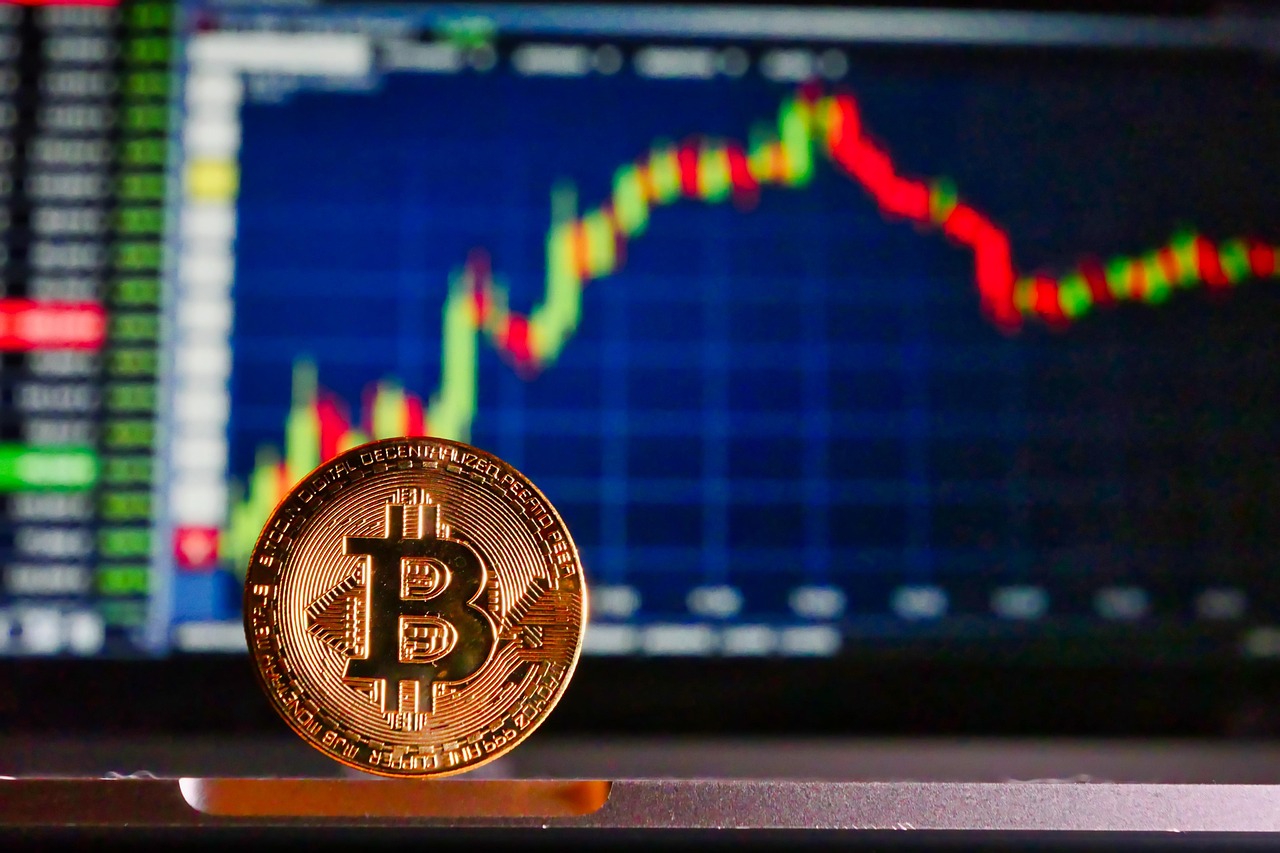
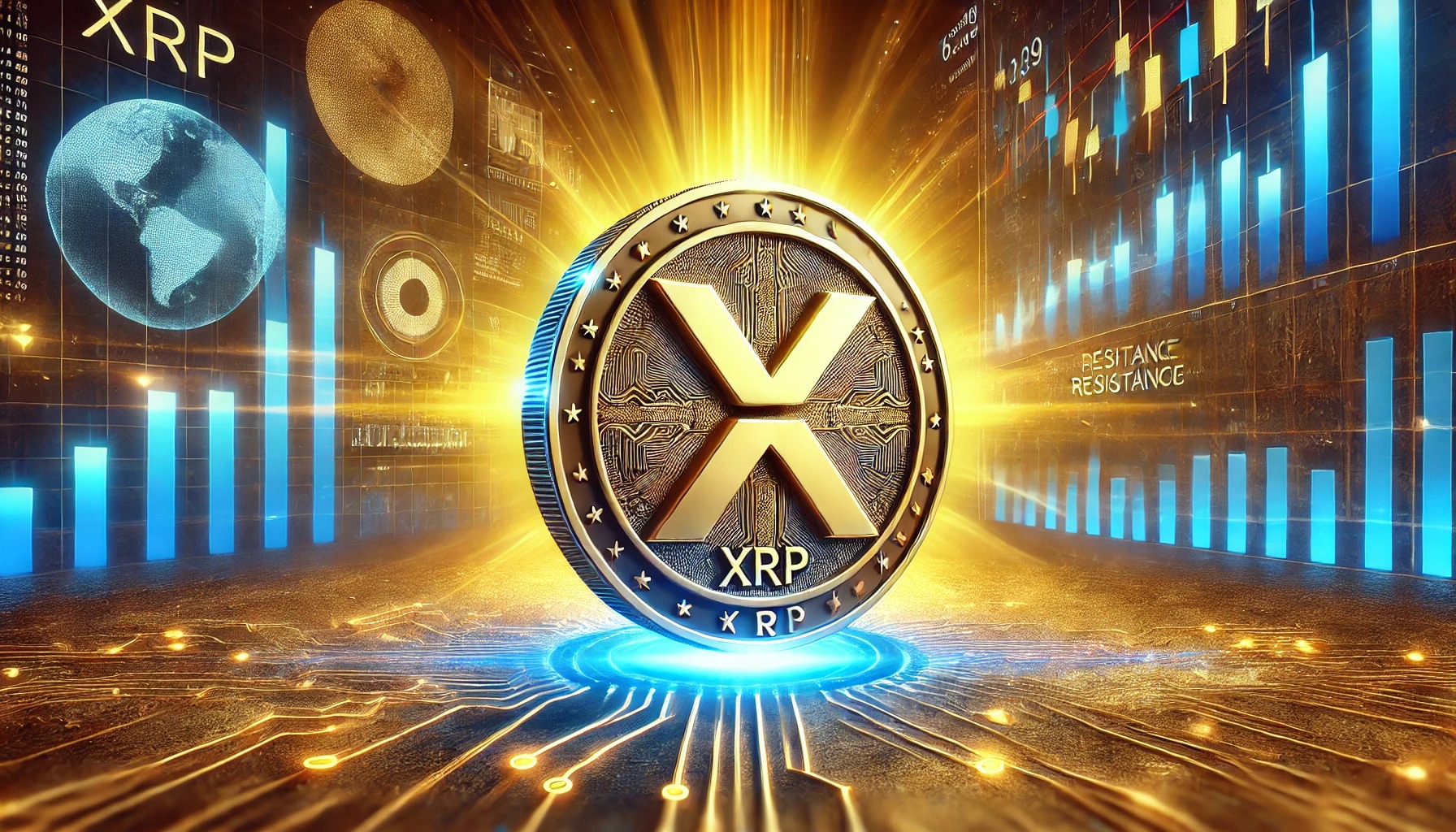


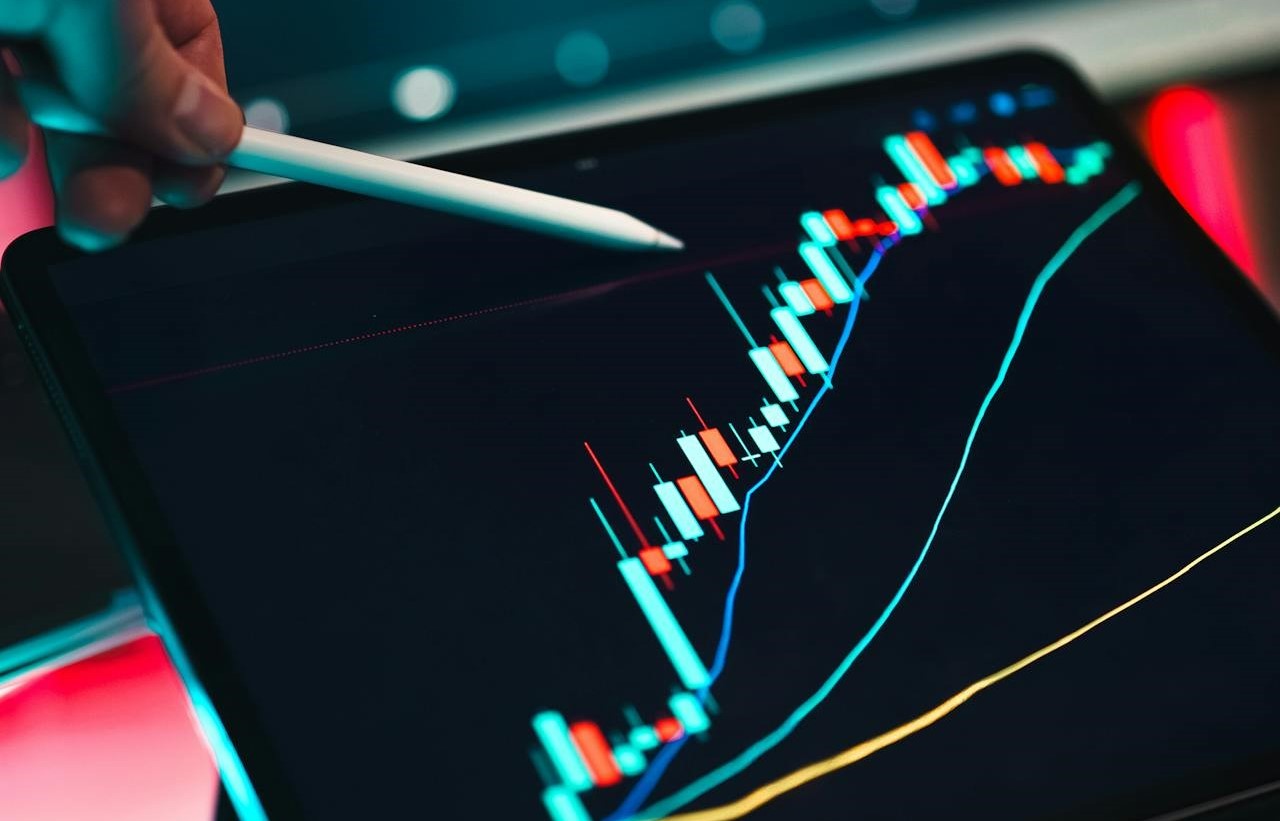

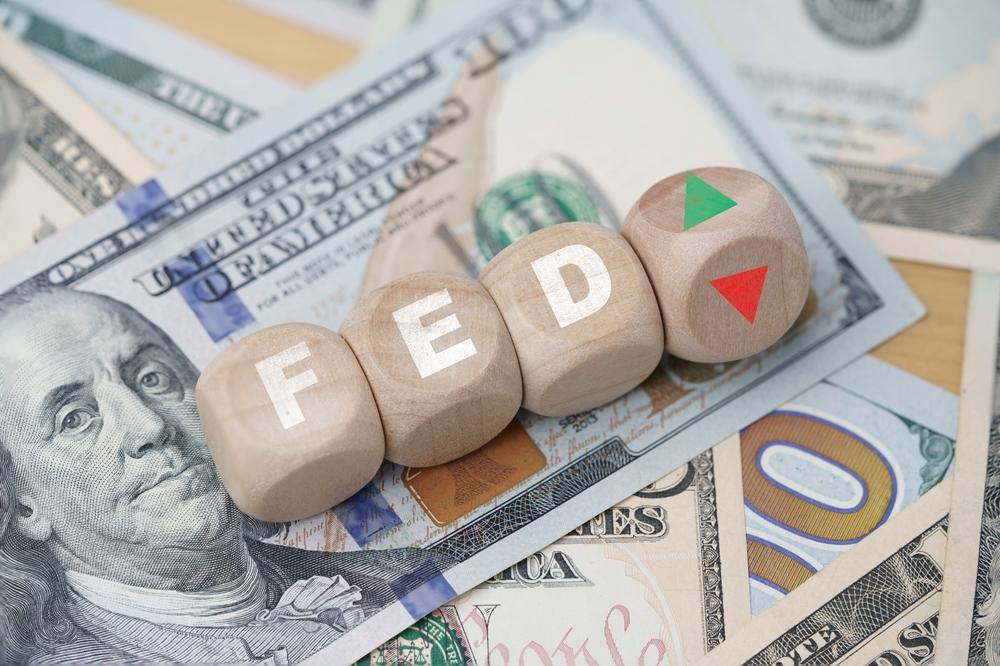

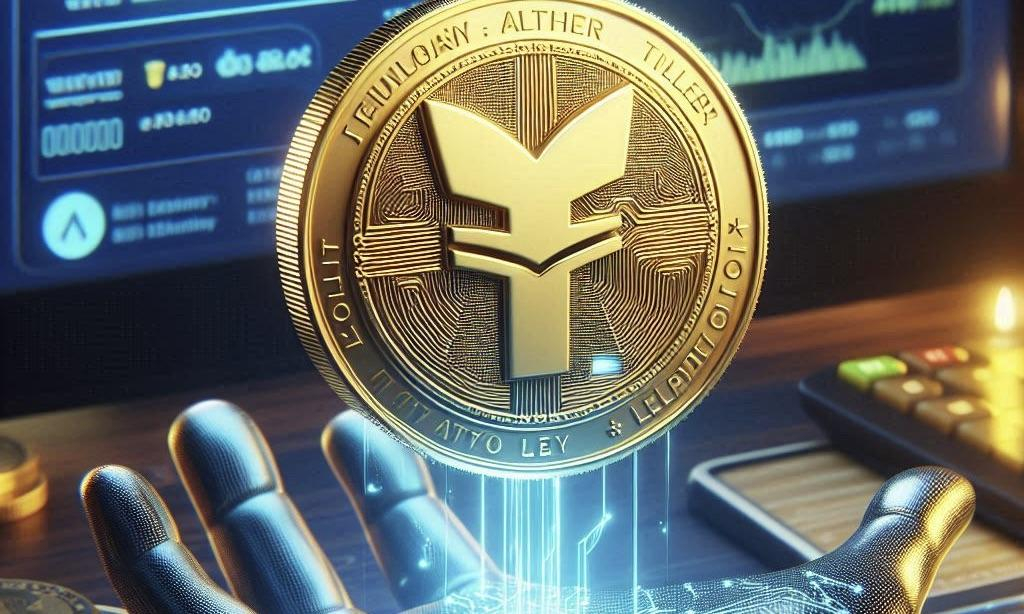


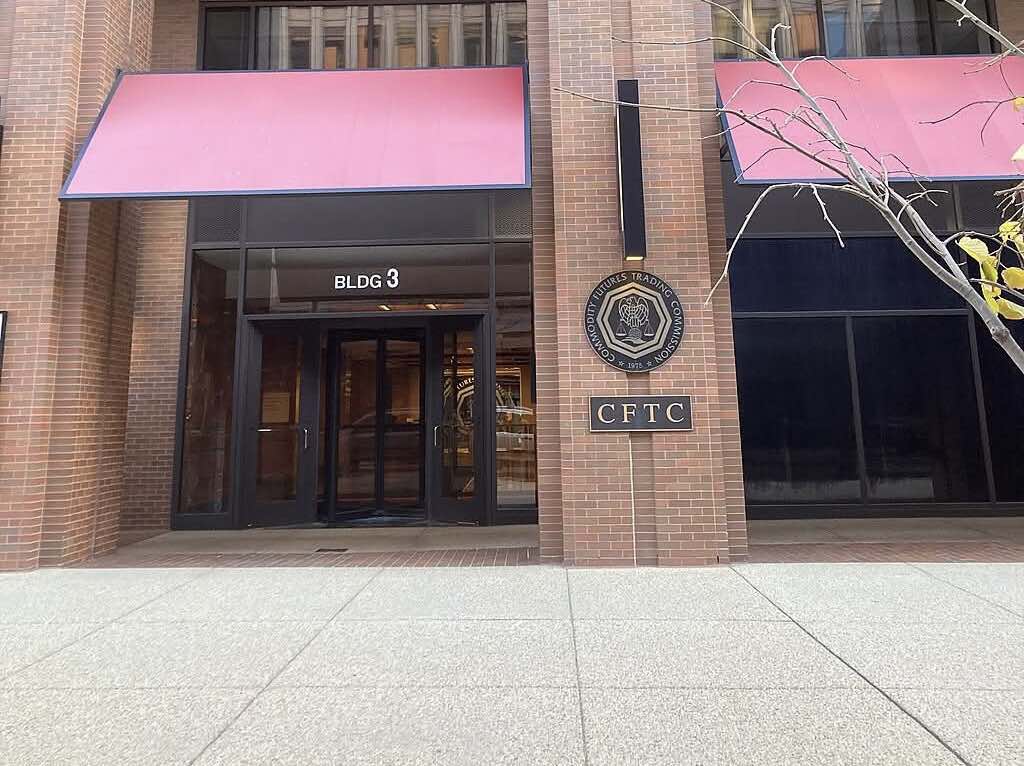
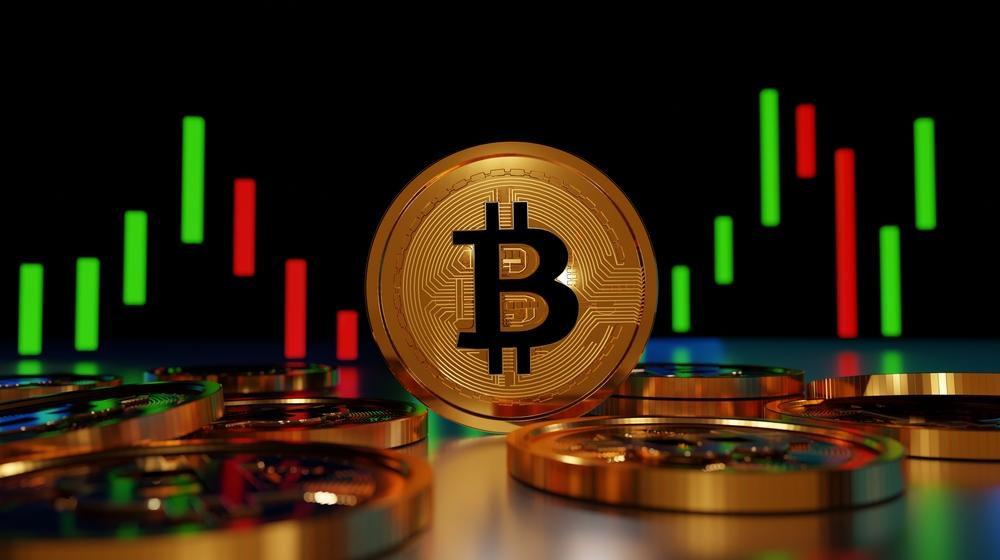



Comment 0